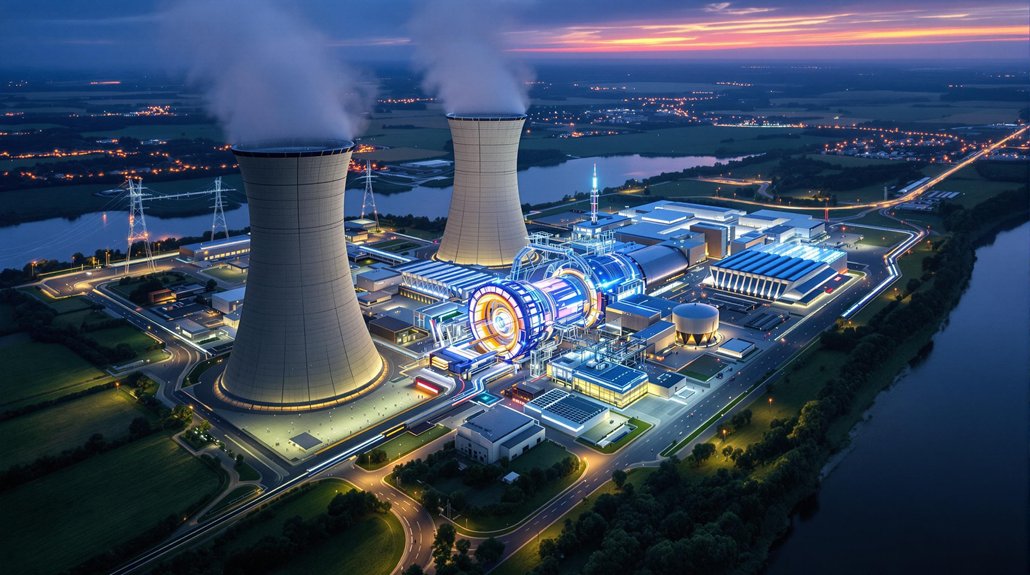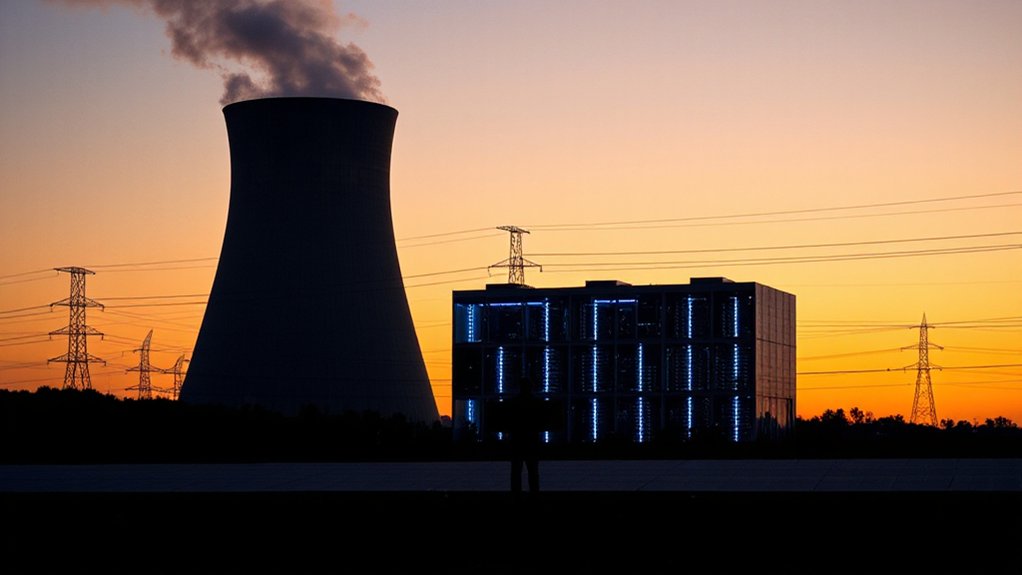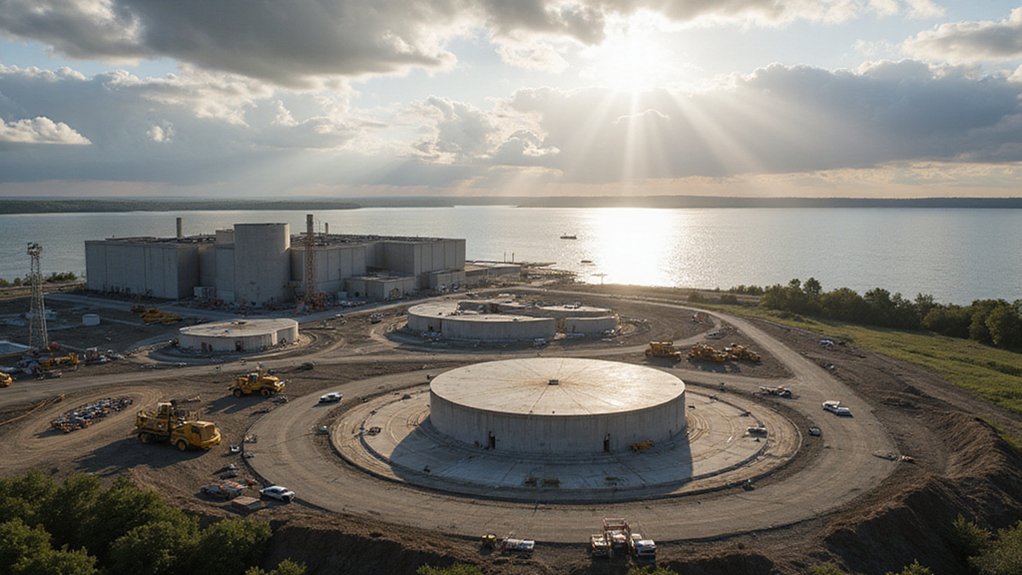Finland’s Onkalo repository, located 520 meters underground, is the world’s first permanent solution for high-level nuclear waste. Opening in 2026, the €818 million facility employs a sophisticated multi-barrier system designed to safely contain radioactive materials for 100,000 years. Nuclear fuel will be sealed in copper capsules surrounded by expanding bentonite clay, with stable bedrock serving as the final barrier. This pioneering project offers valuable lessons for other nations facing similar challenges.
Deep beneath Finland’s pine forests, an ambitious project is quietly making history. The Onkalo spent nuclear fuel repository, the world’s first permanent deep geological site for high-level nuclear waste, is being constructed near Olkiluoto Nuclear Power Plant in southwest Finland. This remarkable facility burrows 420-520 meters into the Earth, designed to safely contain dangerous radioactive materials for an astonishing 100,000 years.
The project relies on an impressive multi-barrier system called KBS-3. Used nuclear fuel is first placed in boron steel canisters, then sealed inside copper capsules. These capsules are surrounded by bentonite clay, which absorbs water and expands, keeping the canisters firmly in place. The surrounding bedrock serves as the final natural barrier against radiation leakage. A 2019 study confirmed that radiation effects would not significantly damage the copper canisters over the 100,000-year storage period.
Construction began in 2004 and has progressed through four phases. The repository is scheduled to begin accepting waste in 2026. For about 100 years, it will continue receiving nuclear fuel canisters before being permanently sealed. The entire project costs approximately €818 million, covered by a dedicated waste management fund of €1.4 billion. Finland has established this fund through the Nuclear Energy Act, effectively insulating the project from political influence while ensuring financial responsibility.
Posiva, a company owned by Finnish nuclear producers Fortum and TVO, oversees the repository’s construction and operation. The Finnish government granted the project’s license in November 2015 after extensive regulatory review to ascertain compliance with safety standards.
Onkalo’s significance extends far beyond Finland’s borders. It’s seen as a model for the global nuclear industry, potentially influencing waste management policies worldwide. Sweden is already planning a similar repository using the same method, expected to open in the 2030s.
The site was carefully selected for its geological stability and minimal seismic risk. Engineers faced significant technical challenges, as the barriers must endure for millennia despite groundwater, heat, and pressure. Unlike geothermal energy which offers minimal land use compared to other renewable energy sources, nuclear waste storage requires long-term dedicated facilities. Community engagement was also essential to gaining public acceptance for this unprecedented project.
As Finland leads the world in addressing the long-term management of nuclear waste, Onkalo stands as a reflection of human ingenuity and foresight.
References
- https://en.wikipedia.org/wiki/Onkalo_spent_nuclear_fuel_repository
- https://curie.pnnl.gov/system/files/NuclearWaste_s_1-16 – nuclearwaste25-9-2007_0.pdf
- https://www.science.org/content/article/finland-built-tomb-store-nuclear-waste-can-it-survive-100000-years
- https://group.vattenfall.com/press-and-media/newsroom/2023/finland-to-open-the-worlds-first-final-repository-for-spent-nuclear-fuel
- https://www.cnbcafrica.com/2024/finland-will-soon-bury-nuclear-waste-in-a-geological-tomb-thats-built-to-last-for-100000-years/








